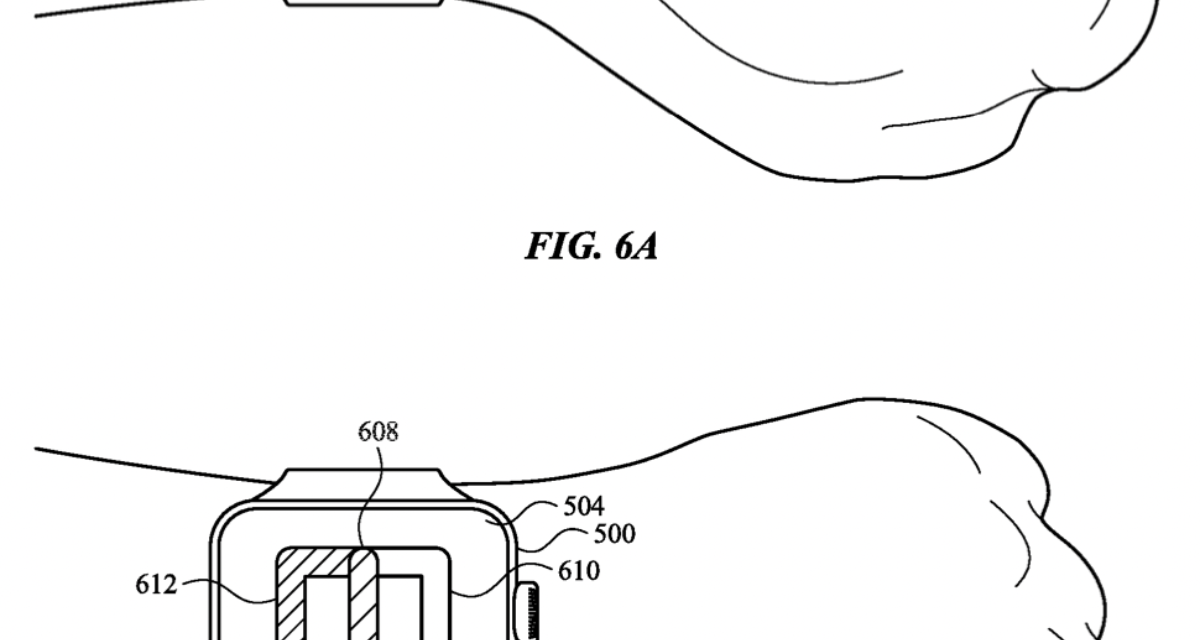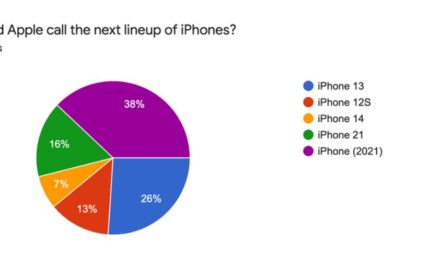Apple has been granted a patent (number 11,073,918) for “interacting with an electronic device through physical movement.” It involves controlling an Apple Watch via more body movements.
It involves interacting with an electronic device without touching a display screen or other physical input mechanisms. In some examples, the device performs an operation in response to a positioning of a user’s hand and/or an orientation of the device itself.
Background of the patent
In the patent data, Apple notes that devices that are smaller than typical cellular phones (such as the Apple Watch) that are configured to be worn by a user can allow a user to view and respond to various types of alerts, such as text messages, emails, voicemails, and calendar alerts. The tech giant says that user interfaces that enable a reduced-size electronic device to be efficiently used for viewing and responding to alerts are “desirable.”
Summary of the patent
In the patent filing, Apple notes that some techniques for interacting with electronic devices, however, are “generally cumbersome and inefficient.” For example, some existing techniques use a complex and time-consuming user interface, which can include multiple button presses or finger touches.
In the case of devices worn on a user’s arm (e.g., a smart watch) operation of the device via a touchscreen interface effectively requires the use of both of the users hands, restricting their use for other purposes. What’s more, existing techniques require more time than necessary, wasting user time and device energy, says Apple. This latter consideration is particularly important in battery-operated devices.
For these reasons, Apple says the techniques described in its patent provide electronic devices with faster, more efficient methods and interfaces for interacting with the devices without touching display screens or other physical input mechanisms. Such methods and interfaces optionally complement or replace other methods for interacting with the devices.
Apple adds that such methods and interfaces reduce the cognitive burden on a user and produce a more efficient human-machine interface. For battery-operated computing devices, such methods and interfaces conserve power and increase the time between battery charges.
Article provided with permission from AppleWorld.Today





